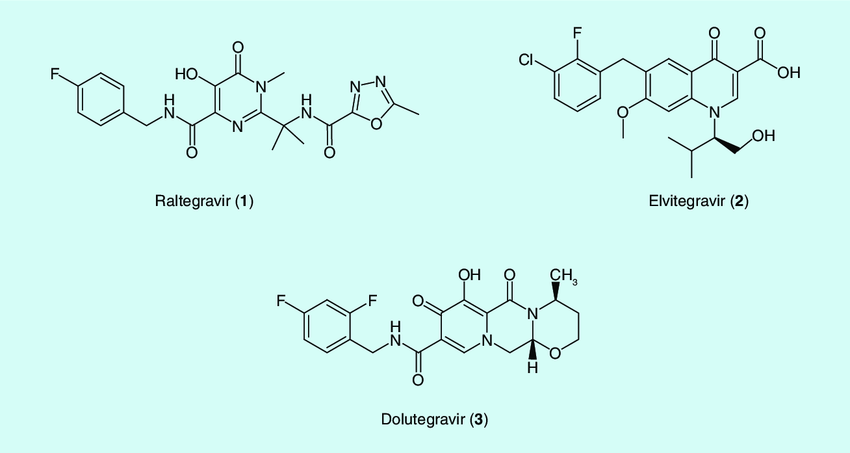The integrase inhibitors are a relatively new class of antiretroviral drugs that help reduce the risk of HIV infection progressing to AIDS or illnesses related to the virus. They work by inhibiting the integrase enzyme, which is crucial for viral replication. They provide a more convenient once-daily treatment regimen compared to other antiretroviral drugs and have a high genetic barrier to resistance. Some key benefits of integrase inhibitors include reduced viral load, higher CD4+ cell count recovery, fewer side effects, and less impact on lipids and metabolic parameters. With over 37 million people living with HIV globally, there is a pressing need for safe and effective long-term treatment options.
The global Integrase Inhibitors Market is estimated to be valued at US$ 33.8 billion in 2024 and is expected to exhibit a CAGR of 10% over the forecast period 2024-2031, as highlighted in a new report published by Coherent Market Insights.
Market key trends:
One of the major trends in the integrase inhibitors market is the development of long-acting formulations. Currently available integrase inhibitors are oral tablets meant to be taken once daily. However, ensuring good adherence to daily medication can be challenging. To address this issue, major players are focusing on developing long-acting injectable formulations that can be administered monthly or every few months. For example, ViiV Healthcare is developing cabotegravir as a long-acting injectable drug for HIV prevention and treatment in collaboration with Shionogi. Such formulations can significantly improve treatment outcomes by facilitating better adherence without daily pill burden. Another key trend is the emergence of HIV cure research utilizing integrase inhibitors. Some clinical trials are evaluating whether intensification of integrase inhibitors along with other antiretroviral drugs can help achieve a sterilizing cure by completely eradicating the virus from reservoirs in the body. If proven successful, an HIV cure could transform the treatment landscape.
Porter’s Analysis
Threat of new entrants: The requirement of large capital investments and stringent regulations pose significant barriers for new players to enter the market.
Bargaining power of buyers: Buyers have moderate bargaining power due to the presence of several established players offering similar drugs.
Bargaining power of suppliers: Suppliers have moderate bargaining power as raw material suppliers are fragmented.
Threat of new substitutes: Potential threat from substitutes is low as integrase inhibitors offer unique benefits over other drug classes.
Competitive rivalry: Competition is high among existing players due to their large product portfolios and market dominance.
Key Takeaways
Global Integrase Inhibitors Market Size is expected to witness high growth over the forecast period due to increasing HIV prevalence around the world.
Regional analysis: North America is expected to continue dominating the market during the forecast period owing to increasing prevalence of HIV and adoption of integrase inhibitor drugs for treatment. Countries like the US and Canada are major revenue generators in this region.
Key players operating in the Integrase Inhibitors market are Koninklijke TenCate (Netherlands), Low & Bonar (UK), Fibertex Nonwovens (Denmark), Thrace Group (Greece), Huesker (Germany), Berry Global (US), DuPont (US), Strata Systems (US), Leggett & Platt (US), Officine Maccaferri (Italy), GSE Environmental (US), Kaytech (South Africa), Mattex (Saudi Arabia), NAUE (Germany), Propex Operating Company (US), Carthage Mills (US), and Asahi Kasei Advance Corporation (Japan), among others.
*Note:
1. Source: Coherent Market Insights, Public sources, Desk research
2. We have leveraged AI tools to mine information and compile it



